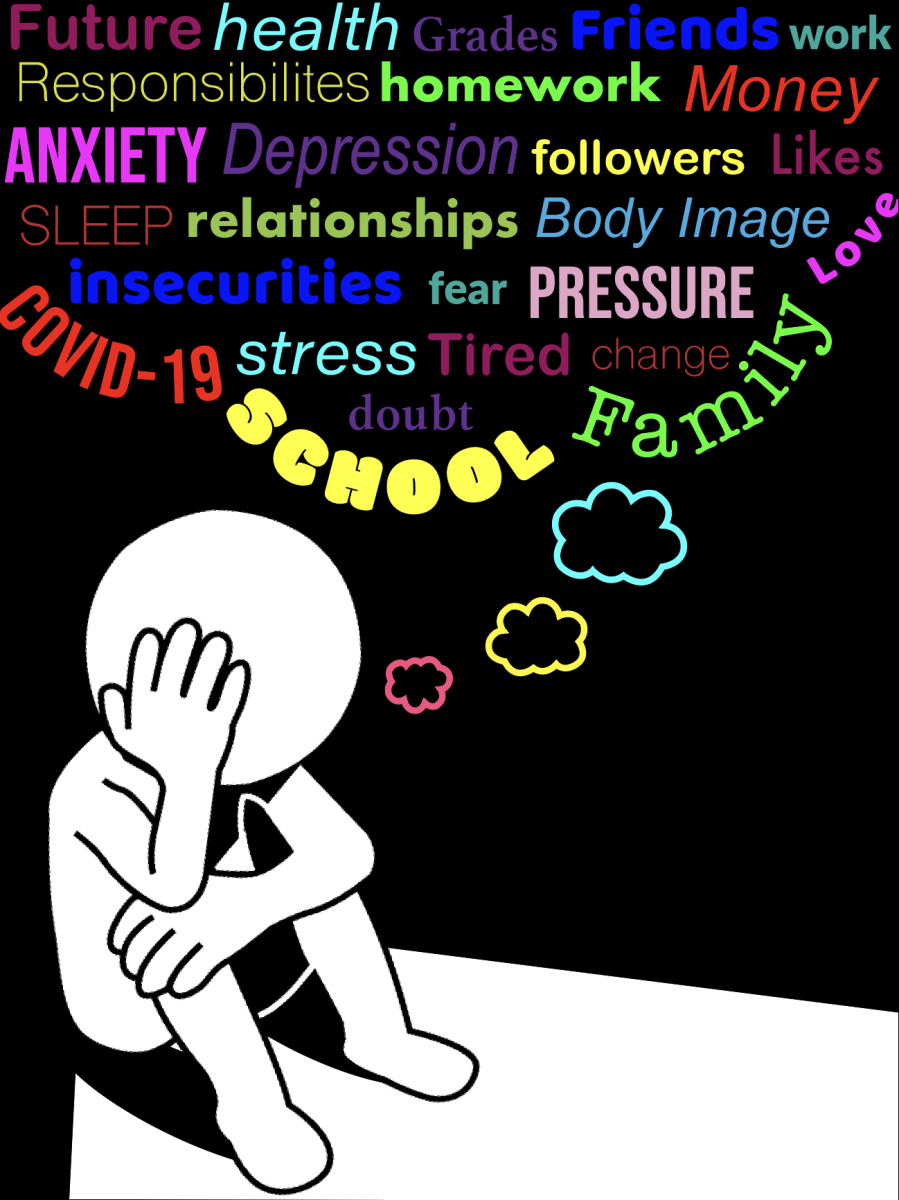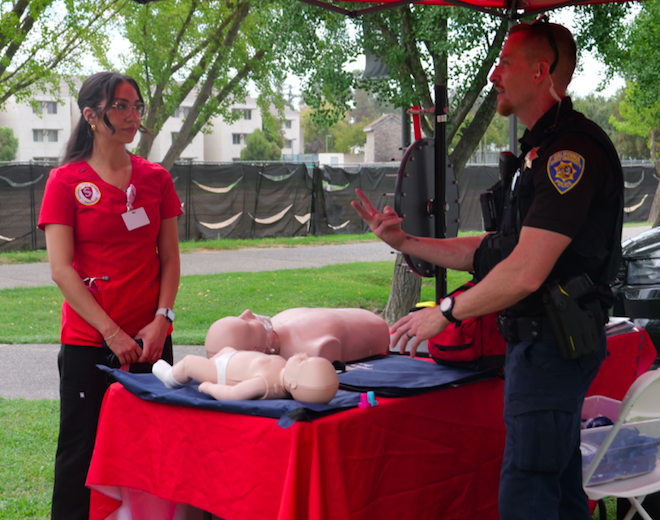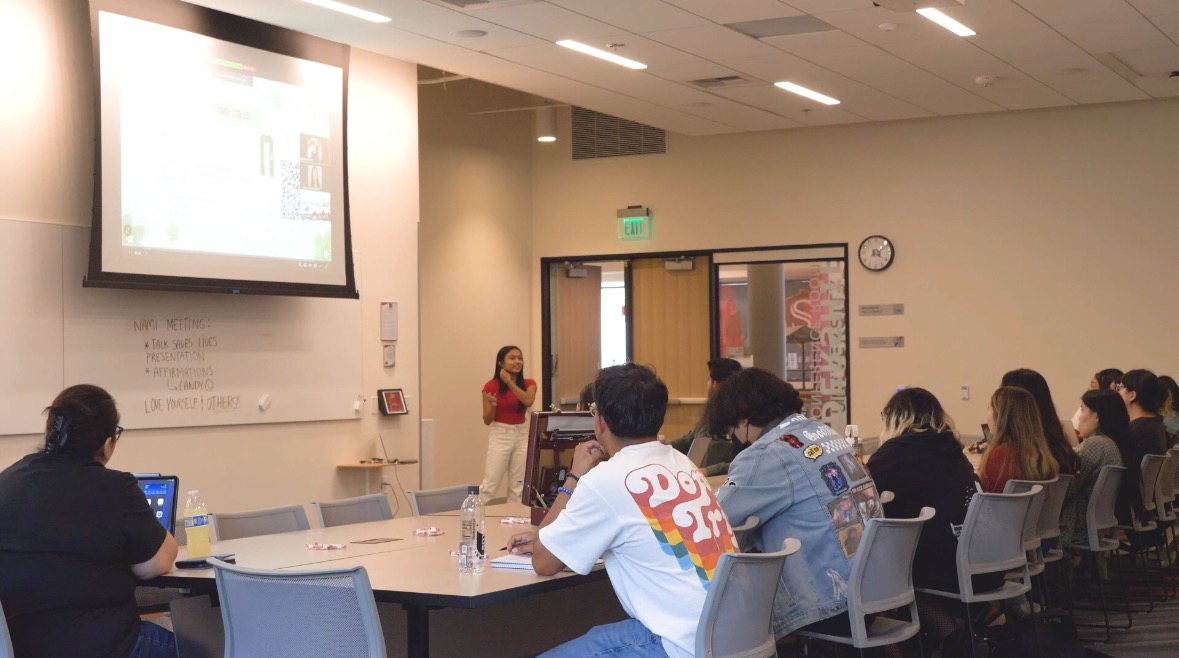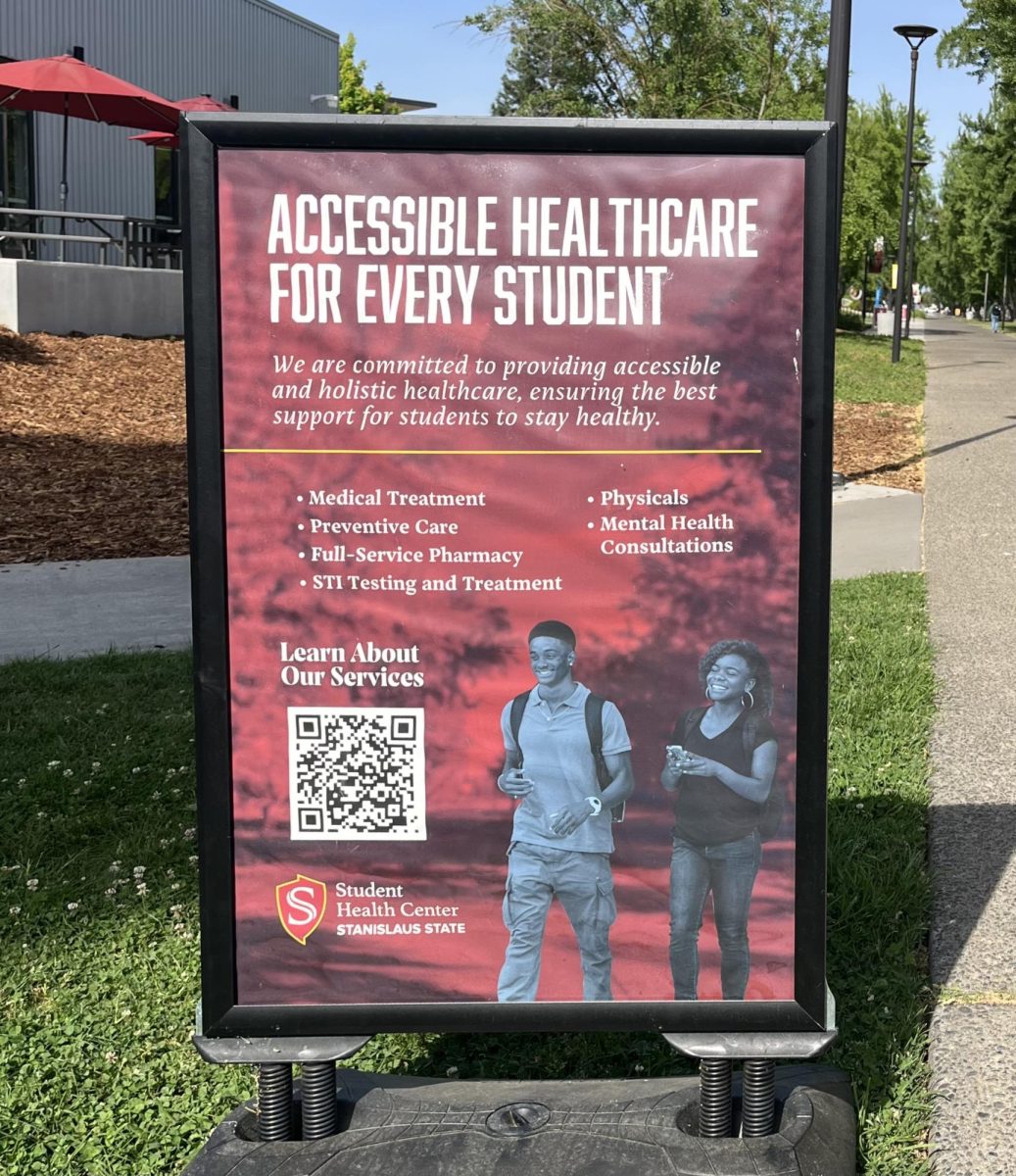Family, school, and work are just some examples of everyday stressors that students might experience. Taylor Whitehead, Health Educator for the Health Education and Promotion (HEP) program at the Student Health Center, wanted to help students manage these everyday stressors by hosting a workshop on Thursday, March 18, 2021.
The workshop went by the title, ‘Managing Everyday Stressors’ and touched on multiple areas of stress management such as knowing stress is a normal part of everyday life, identifying the cause of stress, differences between eustress and distress, understanding how stress affects you physically and mentally, and ways to effectively manage stress.
“We know from our national college health assessment with data of Stan State students, that Stan State students are extremely stressed out, and that was data taken before COVID. That was one of our top 10 academic impacts,” said Whitehead as she started off the workshop.
She continued by saying, “Our students are telling us that the stress that they have as students, the stress they have balancing multiple identities such as being a caretaker of a family member, or even just working, it is really stressful.” Ultimately because students are getting stress from these situations, it’s affecting their schoolwork. They may not have enough time to study for a test, or they may even have to drop out of a course due to stress.
With the pandemic, most students are now schooling from home. This may cause their home lives to mix in with school stressors. The first main point Whitehead really wanted to get across was that we cannot get rid of our stress, we can just manage it. Stress has become a part of everyday life for some students and there is no tangible way to eradicate it.
Marlen Meza (sophomore, Mathematics) was one of the three people who were in attendance at this event. “As a Supplemental Instructor, I’m required to attend one Professional Development meeting per month. I decided to attend Taylor Whitehead’s workshop on Managing Everyday Stressors because managing school, work, and personal responsibilities has been increasingly challenging this semester. With everything being online, it’s harder to stay on top of things and make enough time for it all.”
This is a situation a lot of students are dealing with in our current climate. For example, a lot of students were prepared to return to in-person school sooner, so they felt they did not need to prepare for the long-term situation this turned out to be. Now, being a year into the pandemic, and a year into online learning, a lot of students are still scrambling to juggle the stress that they were not prepared for.
Whitehead then explained that there are two different types of stress. They are distress and eustress. According to the Stanislaus State Health Education and Promotion website, “Stress can be positive (starting a new job), known as eustress. Stress can also be negative (financial problems), known as distress. Negative stress can be harmful when it is severe enough to make you feel overwhelmed and unable to manage.”
Mariah Martinez (junior, Psychology Major), when asked about when she knows she’s stressed, answered, “My main stress right now is my multiple Zoom classes I have. I feel like my eyes are on fire from staring at a screen all day. All I want to do is slam my laptop shut and sleep in a pitch-black room for hours. I actually went and bought eye drops to keep them from drying out during my breaks in between classes.”
What Martinez is describing is called Zoom fatigue, which is burnout from technology, specifically video conferencing. Whitehead touched on Zoom fatigue in the workshop and gave the advice to have screen breaks. Screen breaks could be resting your eyes in between classes or going outside for a 10 minute walk. The goal is to not look at electronic screens, which means resting in between classes means not looking at your phone.
Symptoms of stress are sometimes difficult to identify, and they are unique from person to person. Common symptoms listed on the Stanislaus State Health Education and Promotion website include feeling powerless, crying, sleep problems, headaches, back pain, trouble concentrating, sadness and other symptoms of depression, just to list a few.
Whitehead advises when you begin experiencing these symptoms, such as trouble sleeping, you need to get the minimum recommended hours of sleep. To do that, you need to manage your time. You need to tell yourself that you need to stop doing what you are doing that is causing your stress by a certain time and then give yourself some downtime before bed. Downtime can look like putting down your phone, stretching, watching a funny TV show, or journaling.
At times, there is stress that is simply out of our control. Whitehead gives the example of our car breaking down. Another example is the COVID-19 pandemic, which is a stress no one could have predicted. Whitehead claims the only control we have over these types of stress is the control of our attitudes and outlooks. A technique she suggests in managing stress is reframing, finding the silver lining in those stressful situations.
When asked for a silver lining example of the COVID-19 situation for students, Martinez answered, “If I had to find something it would probably be the fact that I can just roll over in bed and grab my laptop to go to my Zoom class meeting. I don’t have to get up earlier to get ready and make my 30–45-minute drive to the school.”
Instead of dwelling on the bad areas of the situation, start trying to think of those silver linings such as the good outcomes or even something you learned from that stressful situation.
“I’d say the event was helpful. I was able to talk about my stress factors and see a positive side to them. Being able to say these things aloud really makes you realize that it’s not all that bad,” said Meza. “The event provided resources as well as tips and advice to manage your stress factors. Also, Taylor was great at hearing out all participants and providing personalized feedback. I think the biggest take away for me was the realization that my stressors are manageable, and I can get through this.”
Whitehead wanted to emphasize that you should not be afraid to reach out for help if you are feeling symptoms of stress or need help managing. Society has a stigma about mental health, but talking to a licensed professional along with close friends and family can help you in understanding what you are feeling and what you can do to help manage that. At the end of the day, the most important thing is yourself and your mental health. Whether that be exercise, a healthy diet, a good sleep schedule, or just talking to someone, self-care is the most important management tool.
For more help on managing stress, you can visit the Health Education & Promotion page on the Stanislaus State website. You can also visit the counseling services provided by Stanislaus state on their website if you want to talk to a licensed professional about any issues or stress you are experiencing.







